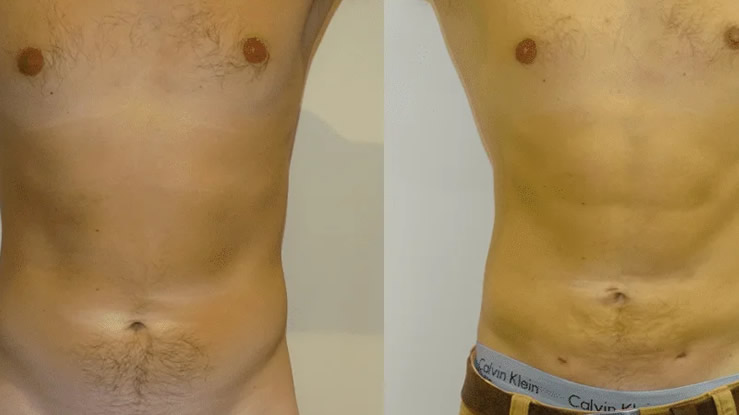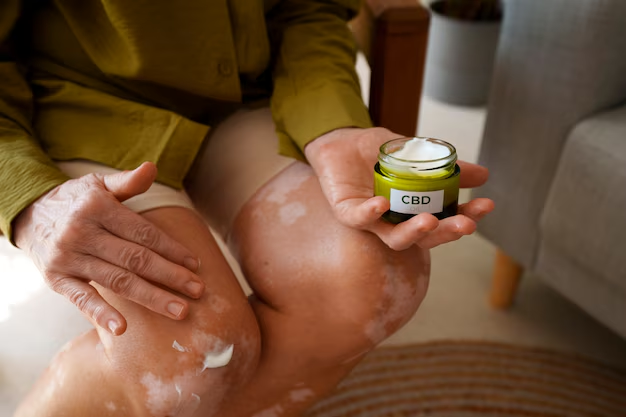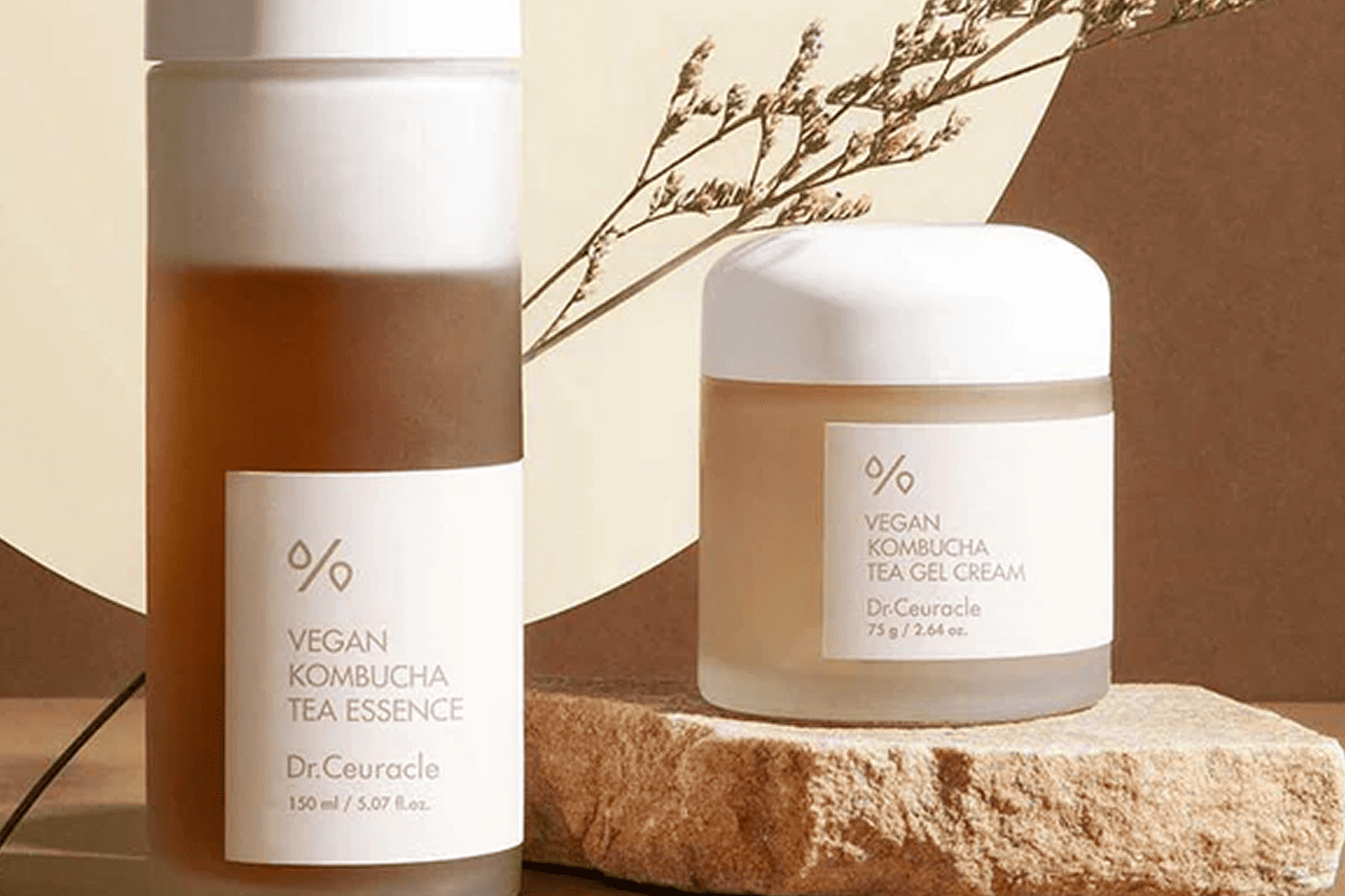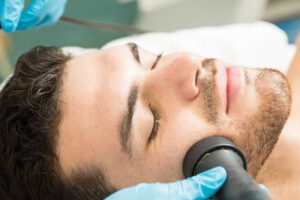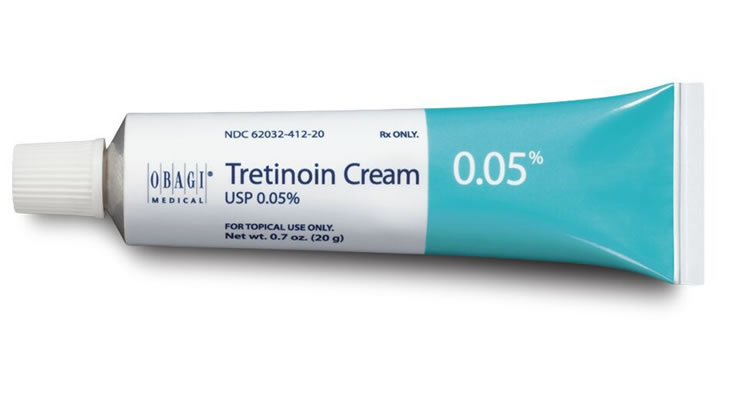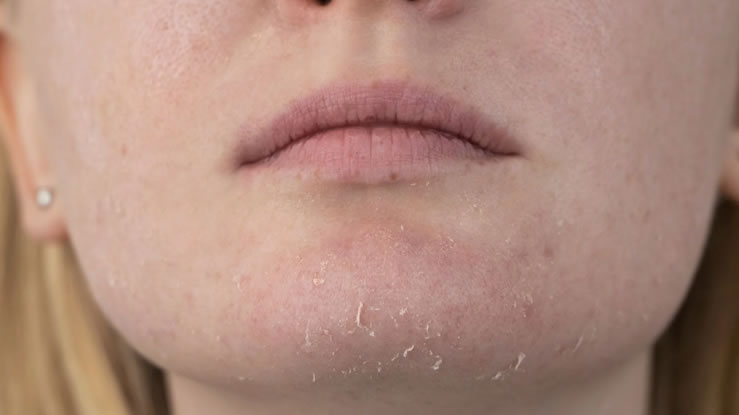Liposuction is one of the most popular cosmetic procedures worldwide, offering people a way to remove stubborn fat and reshape their bodies. But before going under the knife, one of the most frequently asked questions is: how painful is a liposuction?
Understanding the pain involved in liposuction can help you prepare both physically and mentally for the procedure. While the idea of suctioning fat from the body may sound painful, the actual experience varies significantly depending on factors like the technique used, the areas treated, individual pain tolerance, and your surgeon’s expertise.
This article will break down what to expect in terms of pain during and after liposuction, how discomfort is managed, and what recovery really feels like.
The Basics of Liposuction
Liposuction is a surgical procedure that targets excess fat deposits in specific areas of the body such as the abdomen, thighs, arms, buttocks, back, and neck. The goal is to contour the body by removing fat cells that do not respond to diet and exercise.
Common liposuction techniques include:
-
Tumescent liposuction: Involves injecting a solution of saline, lidocaine (a numbing agent), and epinephrine into the fat before suctioning.
-
Laser-assisted liposuction: Uses laser energy to liquefy fat for easier removal.
-
Ultrasound-assisted liposuction: Utilizes ultrasonic energy to break down fat cells before suction.
Each technique may produce slightly different pain experiences, but the principles of discomfort and recovery remain similar across all methods.
Read Also>>>How long will liposuction last?
Is Liposuction Painful During the Procedure?
The short answer is no—you won’t feel pain during the actual procedure because you will be under anesthesia. Depending on the extent of your surgery and the area being treated, your doctor may use local anesthesia, sedation, or general anesthesia.
-
Local anesthesia is used for small areas. You remain awake but feel no pain in the treated zone.
-
Sedation keeps you relaxed or semi-conscious, combined with local anesthesia.
-
General anesthesia is used for larger or multiple areas. You are fully unconscious and will not feel or remember anything during the surgery.
The presence of anesthesia means the liposuction itself is not painful, but discomfort may begin once the anesthesia wears off during recovery.
What Does Pain Feel Like After Liposuction?
After the anesthesia wears off, it’s normal to feel discomfort, soreness, and some pain in the treated areas. Patients often compare the sensation to intense muscle soreness or bruising after a hard workout. The level of pain varies from person to person.
Most people describe it as manageable rather than severe, especially when following post-operative care instructions and taking prescribed pain medications.
Common Descriptions of Post-Liposuction Pain
-
Tenderness in the treated area
-
Burning or stinging sensations
-
Swelling and bruising that add pressure to the tissues
-
Stiffness or tightness especially when moving
The worst pain is usually experienced in the first 3 to 5 days after the procedure, with improvement starting within a week.
Pain Timeline After Liposuction
Day 1 to 3
This is when pain is at its peak. You will likely feel sore, swollen, and tired. Most surgeons prescribe pain medications to ease this period. Moving around may be difficult but necessary to prevent blood clots.
Day 4 to 7
Pain typically begins to decrease. You might still feel sore or tender, but you’ll be more mobile. Swelling and bruising are still present but gradually reducing.
Week 2 to 4
You should start feeling significantly better. Mild discomfort may persist, especially if large areas were treated, but you can usually resume light daily activities.
After 1 Month
Most people return to their normal routine with minimal discomfort. Some may still experience occasional tightness or swelling, especially after physical exertion.
Factors That Influence Pain After Liposuction
While most patients recover with minimal pain, several variables can influence the level of discomfort you feel:
1. Treatment Area
Some parts of the body are naturally more sensitive than others. For example:
-
The abdomen tends to be more painful due to frequent movement and core engagement.
-
The arms and inner thighs can also be sensitive because of thinner skin and more nerve endings.
-
The flanks and back are often less painful.
2. Number of Areas Treated
Treating multiple areas in one session typically increases the intensity and duration of discomfort. The more fat removed, the more inflammation your body must manage.
3. Pain Tolerance
Everyone experiences pain differently. Some people feel very little discomfort, while others may have a lower pain threshold. Emotional stress and anxiety can also amplify pain perception.
4. Surgical Technique
Less invasive liposuction methods such as laser or ultrasound-assisted techniques may cause less trauma to the body, resulting in reduced pain and quicker healing. Surgeon skill and precision also play a big role.
5. Compression Garments
Wearing a compression garment as recommended can help minimize swelling, reduce pain, and speed up healing. However, it can feel tight and uncomfortable at first, especially in the initial days.
Managing Pain After Liposuction
The good news is that pain after liposuction is temporary and treatable. Surgeons provide a recovery plan designed to help manage discomfort and speed healing.
Pain Relief Medications
You’ll likely be prescribed:
-
Oral painkillers (like acetaminophen or ibuprofen)
-
Sometimes stronger medications such as opioids (for short-term use)
-
Anti-inflammatories to reduce swelling
Always follow dosage instructions and avoid self-medicating.
Compression Garments
These garments reduce swelling, improve circulation, and help skin retract smoothly. Though snug and a bit uncomfortable at first, they significantly ease pain over time.
Gentle Movement
Light walking helps reduce stiffness and prevents blood clots. Avoid strenuous activities or workouts for at least 2 to 4 weeks.
Ice Packs (If Advised)
Some doctors may recommend applying ice packs to reduce swelling and pain, but only if it won’t interfere with the healing process or incisions.
Is Liposuction More Painful Than Other Cosmetic Procedures?
Compared to other cosmetic surgeries, liposuction is generally less painful than procedures involving muscle tightening or cutting, such as tummy tucks or facelifts. Most patients report liposuction as being uncomfortable rather than agonizing.
In fact, many people return to work within 3 to 5 days, especially if only small areas were treated. The recovery tends to be shorter and more tolerable than more invasive surgeries.
What If Pain Persists?
While pain usually subsides within a few weeks, persistent or severe pain could indicate a complication. Watch for:
-
Increasing swelling or redness
-
Sharp, stabbing pain
-
Pus or unusual discharge from incisions
-
Fever or chills
These may be signs of infection or other post-surgical issues. Always contact your surgeon if something doesn’t feel right.
Tips to Reduce Liposuction Pain and Promote Healing
Here are some practical ways to reduce discomfort and support faster healing:
-
Follow post-op instructions closely
-
Take pain medication on schedule
-
Stay hydrated and eat nourishing foods
-
Avoid smoking or alcohol, as they slow down healing
-
Sleep in a slightly elevated position to reduce swelling
-
Attend follow-up visits to monitor your progress
Is the Pain Worth It?
Most patients agree that the temporary discomfort is worth the long-term results. Liposuction offers noticeable body shaping improvements, especially when combined with a healthy lifestyle. Knowing that pain is temporary and manageable makes it easier to commit to the procedure.
So, how painful is a liposuction? While liposuction isn’t completely painless, it is well-tolerated by most patients. Thanks to modern anesthesia and pain management techniques, the procedure itself is not painful. The recovery involves manageable soreness and swelling that typically improves within a week.
The key to a smooth recovery is following your surgeon’s guidelines, using pain relief options as directed, and giving your body time to heal. For many, the discomfort of recovery is a small price to pay for the confidence and body contour they gain in return.
If you’re considering liposuction, don’t let the fear of pain hold you back. With proper preparation and a skilled surgeon, the experience can be surprisingly smooth and rewarding.

